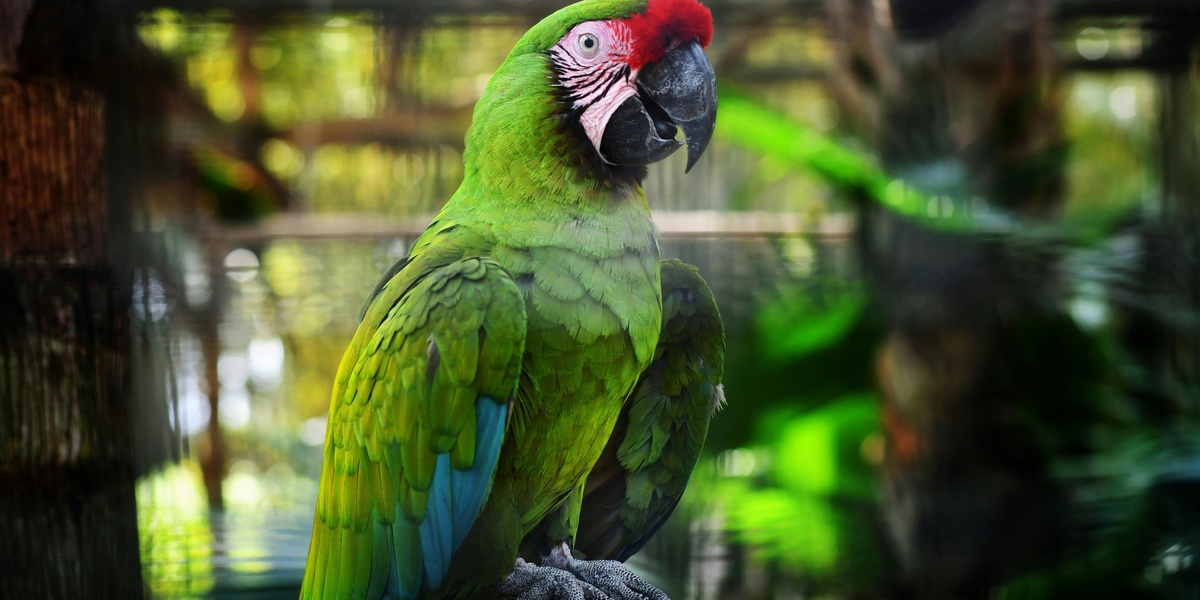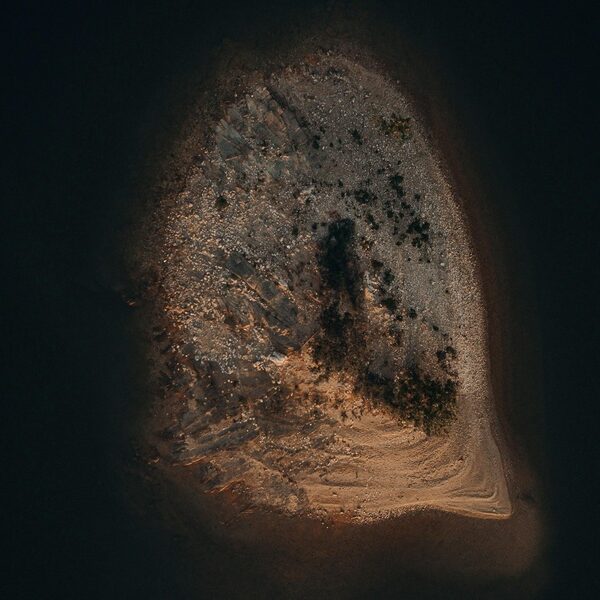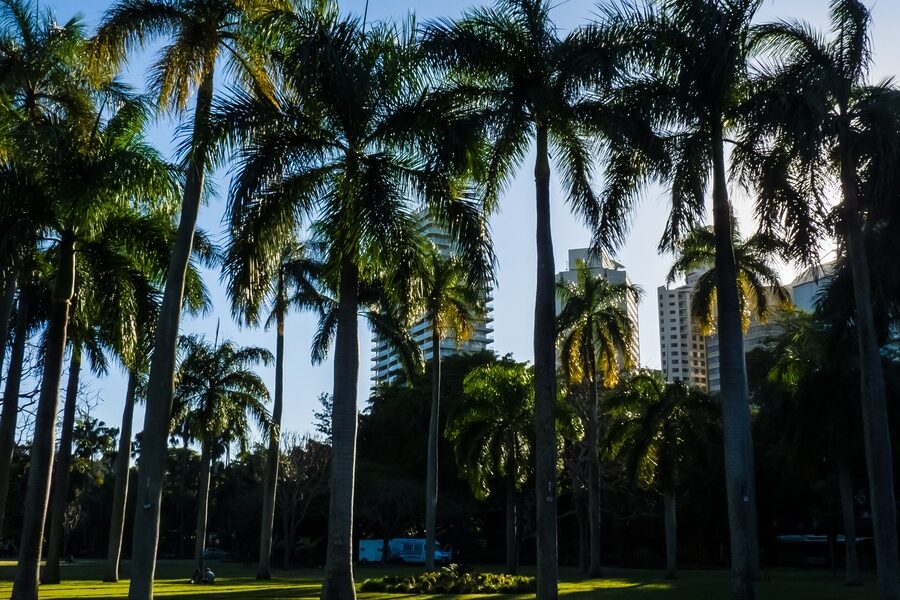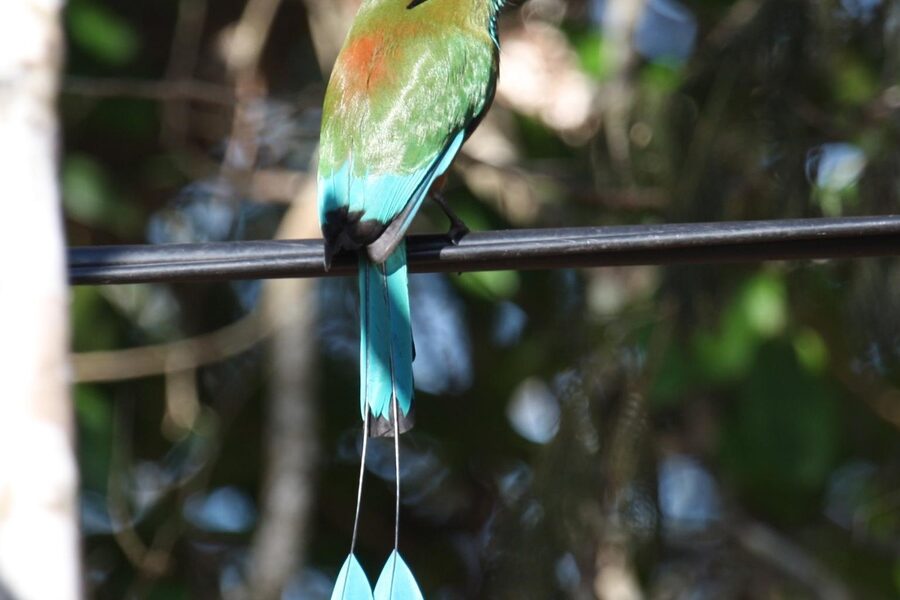In 1979, Hurricane David swept through parts of the eastern Caribbean and highlighted how tightly island life is tied to local wildlife and coastal ecosystems.
That storm underscored risks for both people and species on small islands, where a few key animals and habitats carry outsized value for food, shore protection and culture.
The fauna of Saint Vincent and the Grenadines matters for ecotourism, fisheries and coastal resilience—plus it shapes national identity on islands that include some 32 islands and cays in the Grenadines (Government of Saint Vincent and the Grenadines).
This article gives seven concrete examples—endemic forest birds, seabird colonies, resident land birds, nesting hawksbills and migrating leatherbacks, reef communities, mangrove nurseries and terrestrial invertebrates—and explains what each example illustrates for conservation and local livelihoods.
Forest and Endemic Birds

Upland forests on Saint Vincent host the islands’ most distinctive birds and serve as critical sites for seed dispersal and habitat monitoring.
Two short facts: the Saint Vincent parrot is the islands’ best-known endemic and is officially listed by BirdLife/IUCN as threatened (Amazona guildingii; see BirdLife International). Forest birds act as seed dispersers and indicator species for forest health.
Loss of forest to agriculture, invasive mammals and hurricane damage drives conservation concern, but birdwatching—both guided tours and visits to protected areas—also provides income and pride for local communities (BirdLife International; local NGOs).
Below are species-level examples that show how individual birds connect to wider ecosystem services and community efforts.
1. Saint Vincent Parrot (Amazona guildingii)
The Saint Vincent parrot is the islands’ best-known endemic and a national symbol of Saint Vincent and the Grenadines.
IUCN/BirdLife list Amazona guildingii as threatened (BirdLife International). A recent BirdLife assessment cited a population on the order of a few thousand individuals (most recent estimate, BirdLife International; verify year on the BirdLife factsheet).
Major threats include habitat loss, historical hunting and hurricane-driven forest damage. The parrot supports ecotourism—birdwatchers visit sites like the Vermont Nature Trail and the Cumberland Forest Reserve—and community monitoring programs run with government support and NGOs such as BirdLife partners (programs active since the 1990s in various forms).
2. Seabird and Coastal Bird Colonies (Brown Pelicans, Frigatebirds)
Along the Grenadines, coastal and offshore islets host brown pelicans, magnificent frigatebirds and terns that concentrate nutrients and signal fish abundance.
Known colony sites include small cays near Bequia and Mustique; for example, surveys have recorded dozens to low hundreds of nesting pairs at key islets in regional counts (local survey data / regional bird atlases provide nesting-pair figures by year).
These seabirds matter for wildlife tourism—boats that pass seabird colonies are popular with visitors—and they help transfer ocean productivity onto land, enriching island soils and food webs (regional bird atlases; local NGO reports).
3. Resident Land Birds and Migrants (hummingbirds, warblers)
Smaller species—hummingbirds, local warblers and seasonal migrants—connect forest edges, gardens and coastal scrub across elevations.
Common examples include the Antillean crested hummingbird on Saint Vincent and several migrant warblers recorded in seasonal checklists (regional field guides and local checklists list species totals and seasonal occurrences).
Hummingbirds act as pollinators for native plants, while migrants and residents together form part of the birding draw that supports small guiding businesses and local nature education programs.
Sea Turtles and Marine Visitors
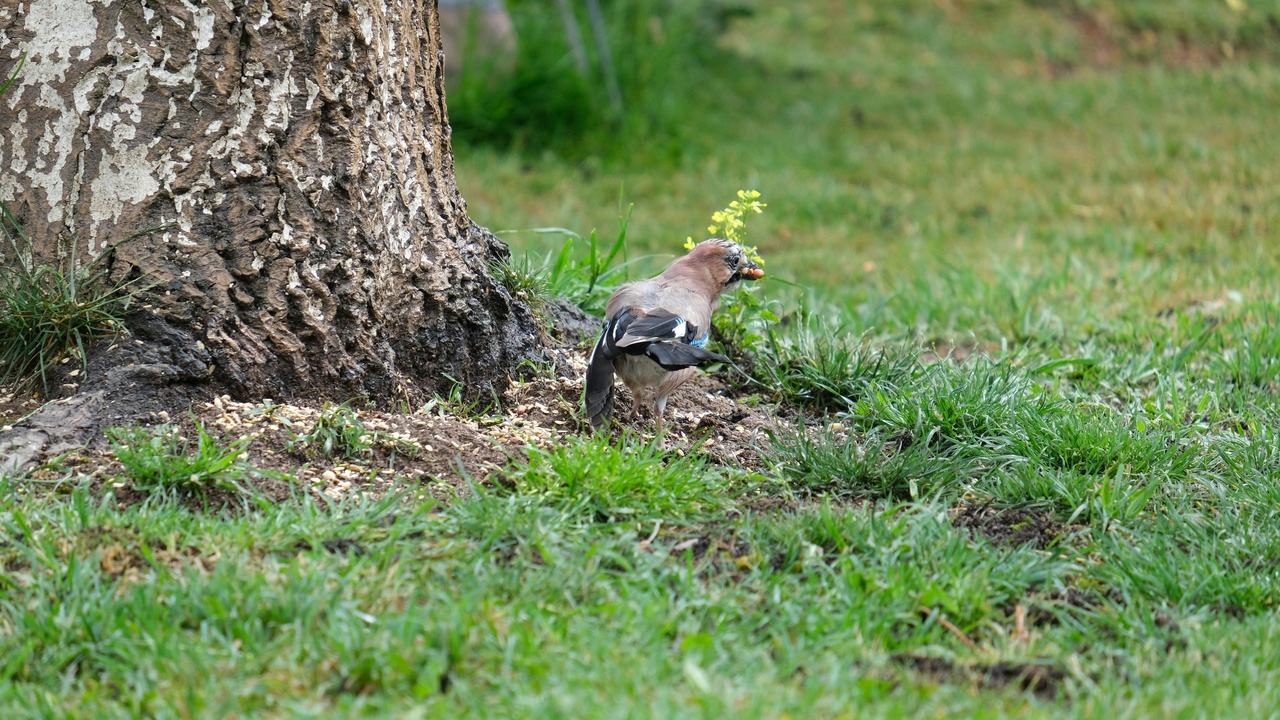
The Grenadines’ beaches and nearshore reefs provide nesting and feeding habitat for multiple sea turtle species, and offshore waters receive large migratory visitors.
Conservation assessments (IUCN Red List) list hawksbills as Critically Endangered and leatherbacks as Vulnerable globally; national fisheries monitoring and NGO programs track nesting and strandings to guide protection measures (IUCN; Fisheries Division).
Below are two turtle examples that illustrate local nesting, community protection and international conservation links.
4. Hawksbill Sea Turtle (Eretmochelys imbricata) — Beach Nesting Specialist
Hawksbills nest on Grenadine beaches—Bequia and nearby small cays are among the better-known nesting sites monitored by local volunteers and Fisheries Division teams.
IUCN lists hawksbills as Critically Endangered (IUCN Red List). Community monitoring programs on Bequia and Canouan have recorded tens to low-hundreds of nests in monitored seasons (Fisheries Division / local monitoring reports; cite specific season data when available).
Guided turtle watches and community beach patrols reduce poaching and light disturbance, and they provide ecotour income—programs like the Bequia sea turtle initiatives involve volunteers and began organized nesting surveys in the 2000s (local NGO/Fisheries Division programs).
5. Leatherback Turtle (Dermochelys coriacea) — The Migratory Giant
Leatherbacks are the largest sea turtle and a seasonal visitor to SVG waters; nesting or nearshore sightings are most often reported between roughly June and October in regional records (regional turtle studies; Fisheries Division).
IUCN lists leatherbacks as Vulnerable globally (IUCN Red List), and tagged individuals have revealed long-distance migrations connecting Caribbean nesting beaches to oceanic feeding grounds (tagging programs documented in regional literature).
Local management emphasizes nesting-beach protection, night-time disturbance reduction and participation in international conservation agreements and reporting (Fisheries Division; regional turtle networks).
Reefs, Mangroves and Terrestrial Invertebrates
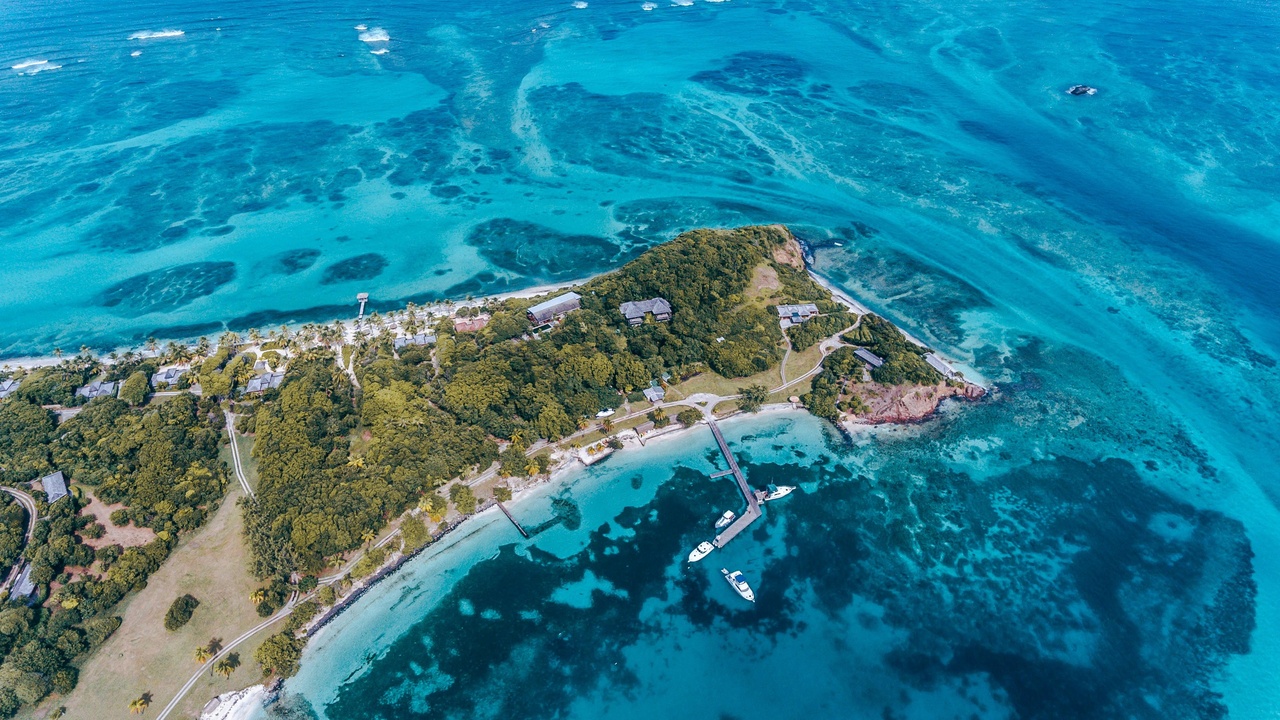
Coral reefs and mangroves around Saint Vincent and the Grenadines underpin fisheries, protect shorelines and support a rich community of terrestrial invertebrates that cycle nutrients.
Recent Reef Check and national surveys have documented variable coral cover across Grenadine sites, with many reefs showing reduced live coral and localized recovery efforts underway (Reef Check; Fisheries Division).
Terrestrial invertebrates, from hermit crabs to land crabs, contribute to decomposition and local diets in some communities; mangrove-fringed bays act as nurseries for juvenile fish that later support artisanal catches.
6. Coral Reef Communities and Reef Fish
Reefs in the Grenadines include stony corals (Acropora and others), sponges and diverse reef fish that sustain dive tourism and local fisheries.
Reef Check and local surveys have recorded live coral cover figures in the low double digits at some Grenadine sites (for example, ~10–20% live coral cover reported in recent Reef Check surveys; cite Reef Check national reports for exact sites and years).
Healthy reef patches support snorkeling and diving businesses and maintain fish biomass that supplies island markets; restoration and marine-protected-area measures have been trialed at named dive sites such as the Men’s Bay/Bequia reef areas (local NGO/Fisheries Division reports).
7. Mangrove Nurseries and Terrestrial Invertebrates (land crabs, hermit crabs)
Mangroves around sheltered Grenadine bays serve as nurseries for juvenile fish and crustaceans that later support local catches and subsistence harvests.
National habitat reports list mangrove extent in hectares by island; protected mangrove stands and community management help maintain nursery function and shoreline stabilization (Fisheries Division / national habitat reports provide exact hectares).
On land, species like the Caribbean hermit crab (Coenobita clypeatus) and local land crabs turn leaf litter and support nutrient cycling; seasonal harvests and cultural uses occur in some communities, managed informally or through local rules.
Summary
- The Saint Vincent parrot is a flagship endemic with a threatened IUCN status and drives birdwatching and national pride (BirdLife International).
- Sea turtles—hawksbills (Critically Endangered) and leatherbacks (Vulnerable)—use Grenadine beaches; community monitoring and Fisheries Division surveys supply nesting data and protection (Fisheries Division; IUCN).
- Reefs and mangroves supply fisheries and tourism value; recent Reef Check and national surveys show mixed coral cover and the need for local restoration and protection (Reef Check; Fisheries Division).
- Smaller birds and terrestrial invertebrates connect habitats, aid pollination and nutrient cycling, and support local diets and livelihoods.
- Support verified conservation efforts—check BirdLife International, the IUCN Red List and your national Fisheries Division for up-to-date species status and ways to help local NGOs on the ground.
